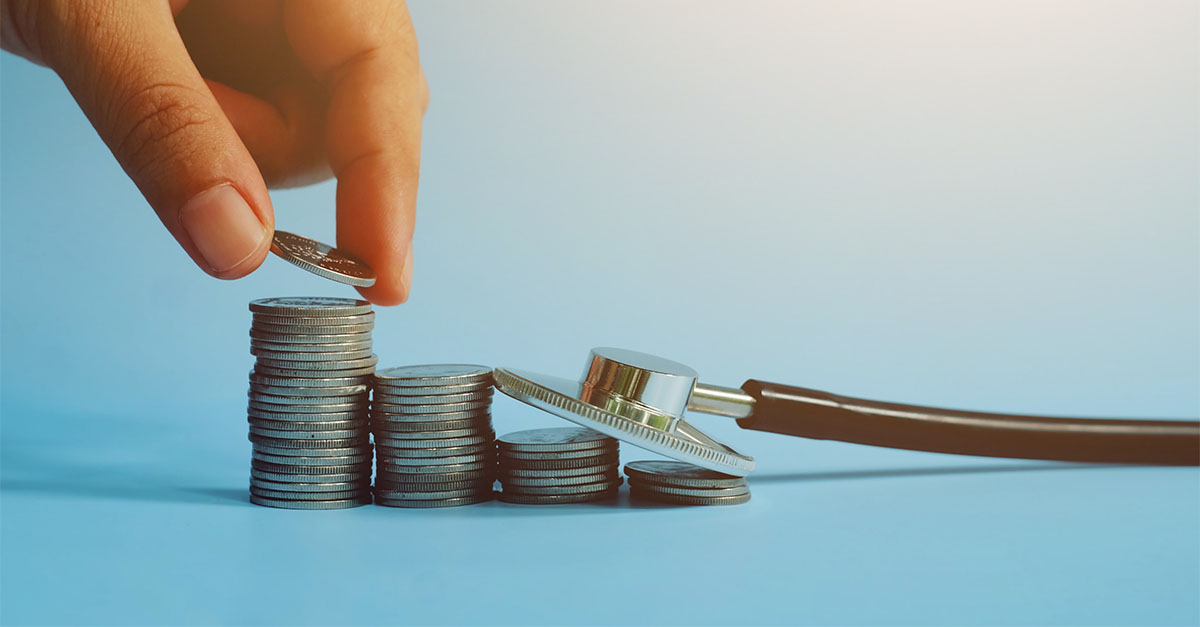Medical device and other life sciences companies engaging key opinion leaders (KOLs) is not new. With the increase in social media, companies are now also engaging digital opinion leaders (DOLs). How and how much companies compensate KOLs and DOLs for the services they provide continue to garner the attention of regulators and necessitate careful planning regarding interactions with such healthcare providers.
Carol Carden, Managing Principal of Compensation Valuation Planning & Design, and Tynan Kugler, Principal, discuss the risks with engaging KOLs and DOLs in their article, “What Medical Device Companies Need to Know About KOL & DOL Compensation,” published in Medical Device and Diagnostic Industry (MD+DI), a national publication for the medical technology industry.
Carden and Kugler explain that as life sciences companies evolve the way they compensate KOLs and DOLs, new challenges arise from ensuring financial arrangements meet regulatory requirements, specifically the Anti-Kickback Statute and the Open Payments Program, and securing proper fair market value (FMV) for services rendered.
The authors write:
“Traditionally, compensation [for KOLs] is typically time-based, calculated using hourly, daily, or project-based rates that reflect FMV for services like consulting, presenting, or advising….
“For DOLs, FMV may not rely solely on time and expertise. Instead, companies might consider qualifying digital value using objective third-party metrics including hybrid models that value both effort and measurable impact….
They offer advice about conflict of interest:
“Medical device companies need to be aware of dual affiliations—particularly when a KOL or DOL also holds a position at a hospital, health system, or academic medical center that purchases, uses, or evaluates their devices. In such cases, compensation could also raise conflict of interest concerns if it appears to influence clinical decisions or purchasing behavior.”
Carden and Kugler also provide guidance on developing transparent contractual frameworks in KOL/DOL arrangements to help meet company goals and withstand regulatory scrutiny.
Read Carden and Kugler’s full insights on MD+DI, a publication that has helped the industry develop products in compliance with regulations for more than 40 years.
Read more about KOLs and DOLs from Carol Carden and Tynan Kugler.
PYA can assist you in determining the fair market value compensation for engaging KOLs and DOLs and help you build a robust internal compliance program.
KOL & DOL FAQ
What is the difference between a KOL and a DOL?
KOLs are healthcare professionals with established clinical credentials and reputation, engaged through advisory, speaking, or consulting roles. DOLs use digital platforms (e.g., social media) to reach and influence peer audiences beyond traditional channels.
How is fair market value (FMV) determined for KOLs?
FMV is typically based on time-based methods (hourly, daily, project) and relies on valuation approaches using benchmark surveys, specialty adjustments, and estimates of preparation, travel, and delivery time.
What additional factors affect FMV for DOLs?
DOL compensation may incorporate metrics such as follower reach, engagement, growth rate, platform influence, and earned media value. Hybrid models combining time/expertise and digital impact are often used.
What regulatory risks do companies face when engaging KOLs and DOLs?
Risks include scrutiny under the Anti-Kickback Statute, Open Payments reporting requirements, state disclosure laws, and potential conflicts of interest—especially if a KOL or DOL has dual roles at institutions that purchase or evaluate the devices.
What contract and compliance practices should medical device companies adopt?
Agreements should clearly define scope and deliverables, document the need for the engagement, document FMV methodology, track payments, and ensure disclosures align with federal and state laws (including FTC rules for transparent sponsored content).






